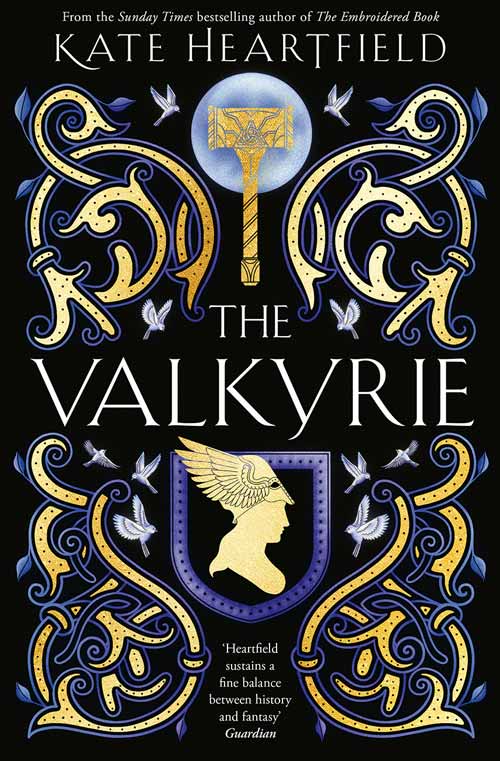Light Falling on Bamboo
My mother-in-law asked me recently what to call fictionalized biographies of famous historical figures. Historical novels, I said, thinking of the book I was reading at the time: Light Falling on Bamboo, about a famous painter, Michel Jean Cazabon, and his complicated French/Caribbean life at a time just after slavery but long before most people really believed in equality.
The novel begins in 1848, when Cazabon returns from Paris to his native Trinidad in time to be at his mother’s side when she dies. His siblings resent that he’s Mama’s favorite—with the exception of his devoted half-sister and previous lover, Josie, who had been one of his father’s slaves.
Readers walk with Cazabon through five decades of flirtations, romances, and betrayals with the island and its women. He must deal with the racist English elite, his own mixed-race relations, his Creole heritage, his white French wife, and his own conscience. Is he making a living by erasing the ugliness of poverty from his landscape paintings and the ugliness of brutality from his portraits? And yet, he tells himself, “Art does not preach a sermon.” This question of complicity and art’s purpose is at the heart of Light Falling on Bamboo.
Scott reveals his own past through painting, or rather writing, Cazabon’s life with vivid colors and rich imagery layered with moral ambiguity. It’s good to know that Scott was born on a sugar plantation in Trinidad and was a Benedictine monk for a time. He understands the story he’s telling here, about the contradictions in Cazabon’s heart—between women, duties, and cultures. Recommended.










